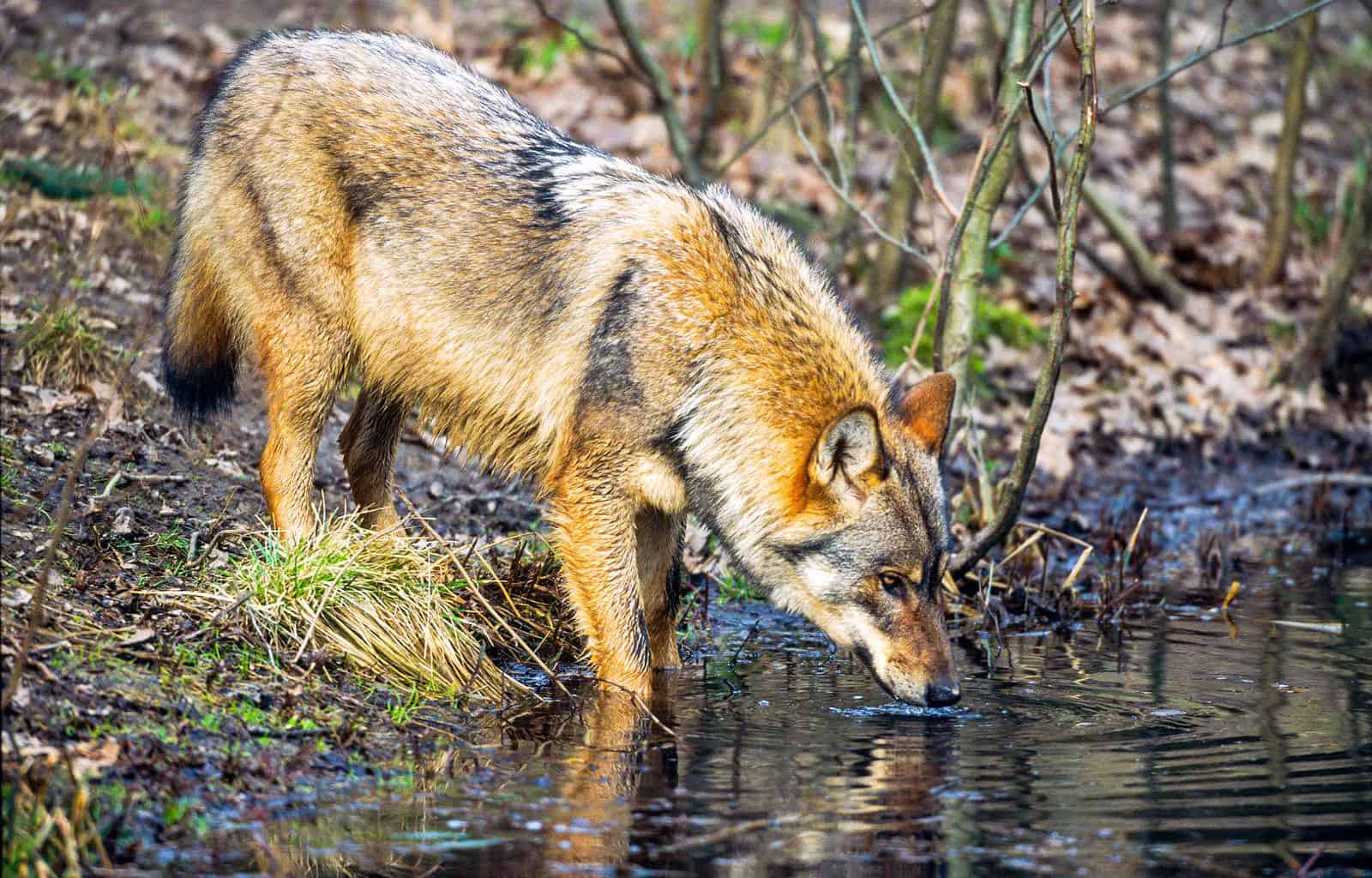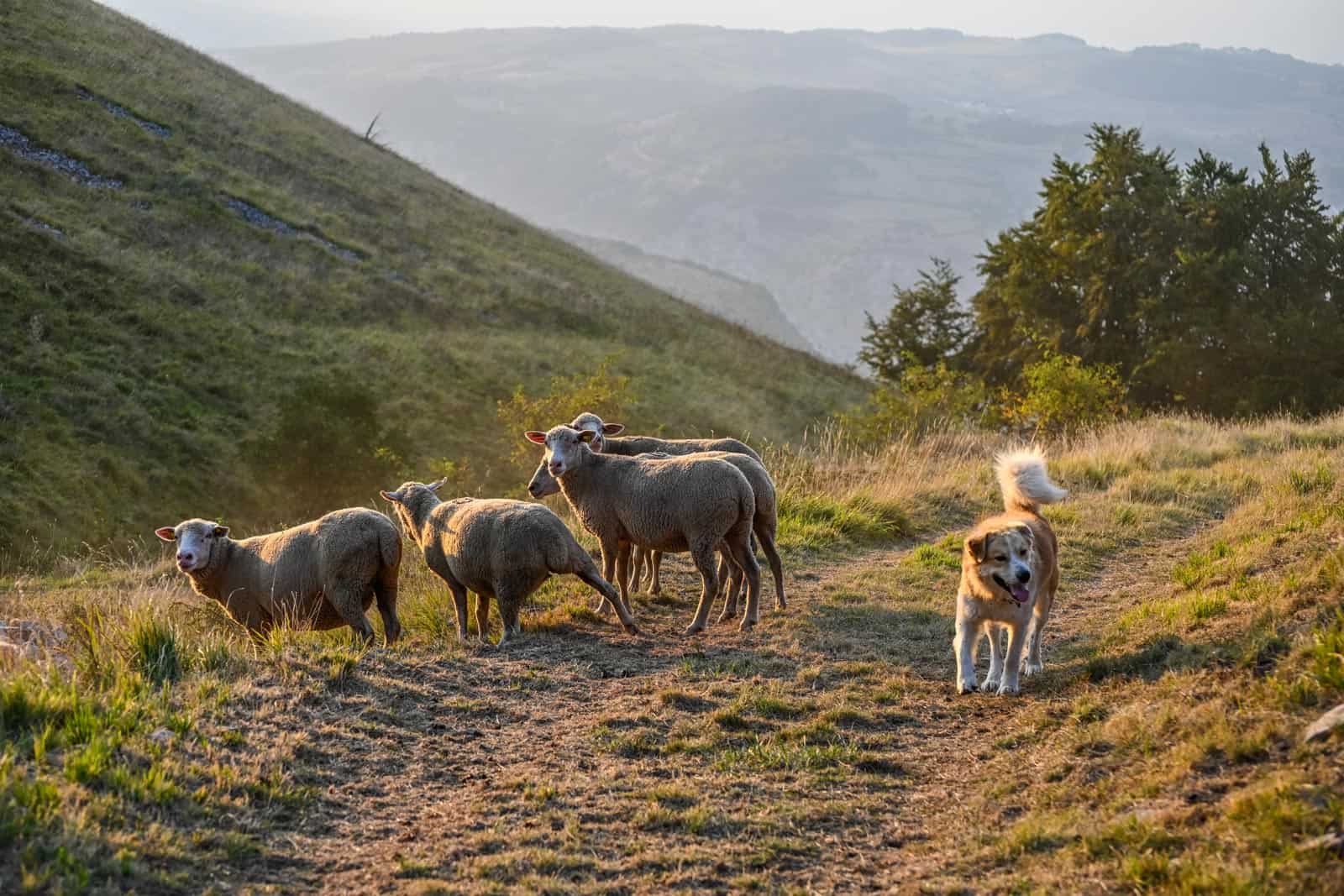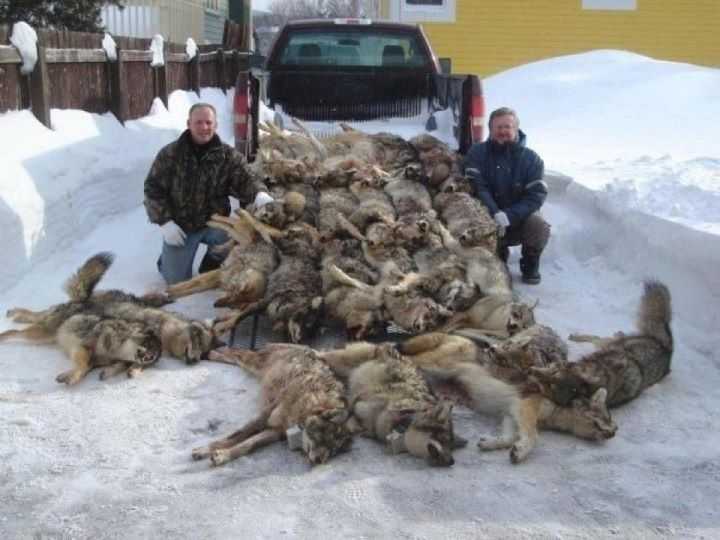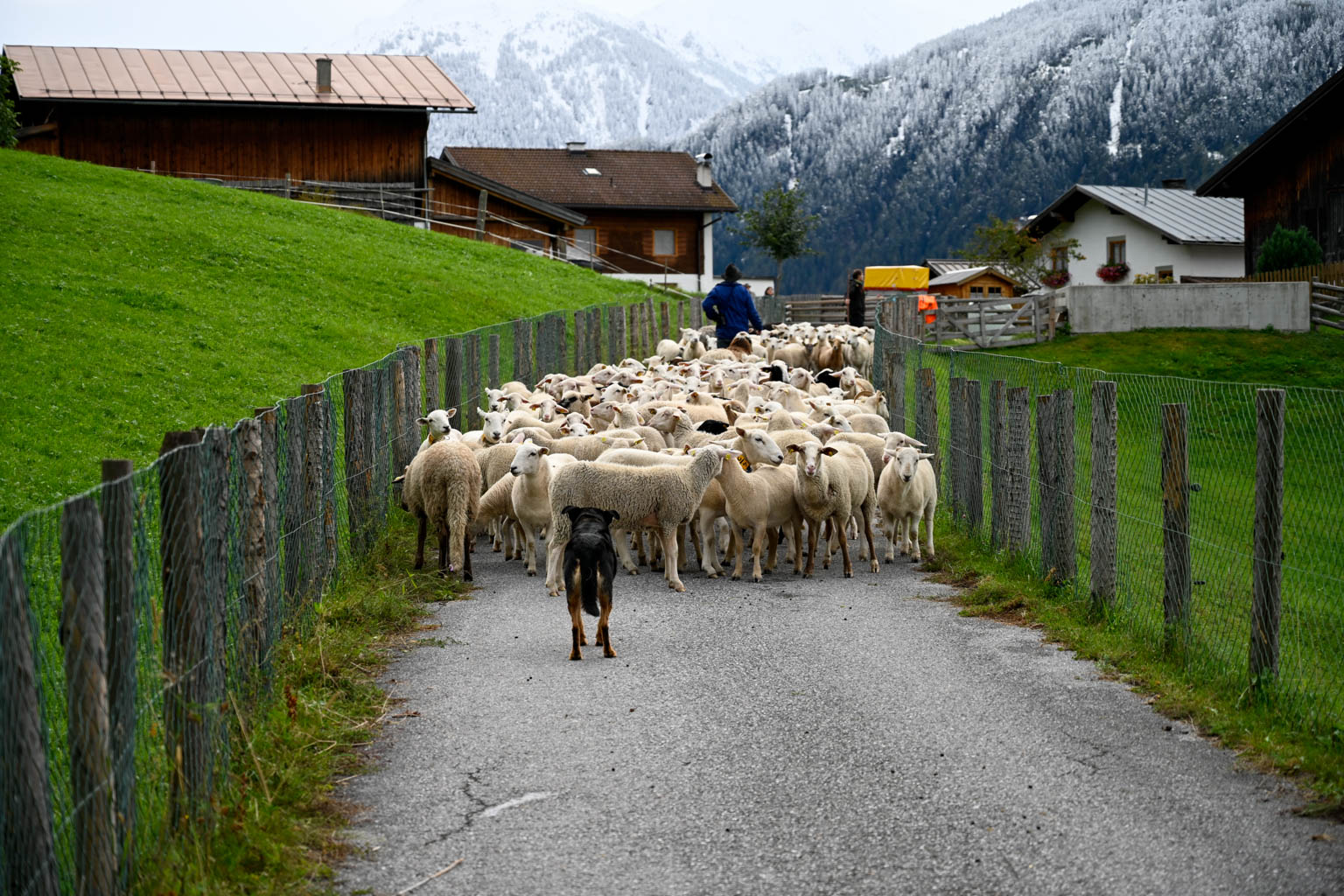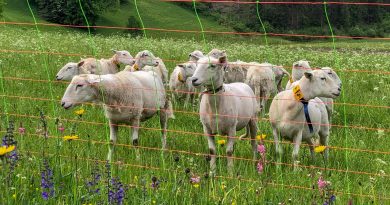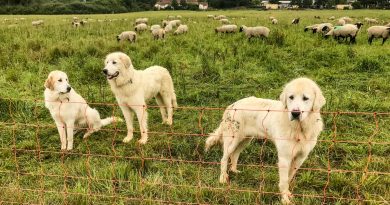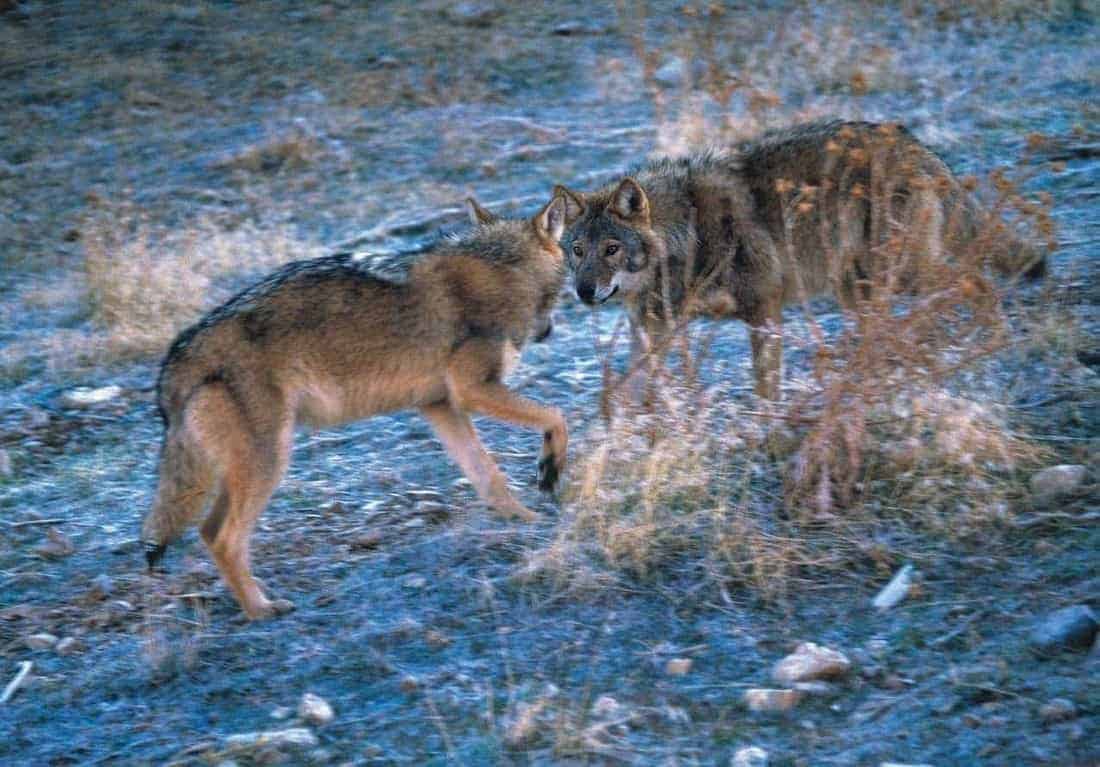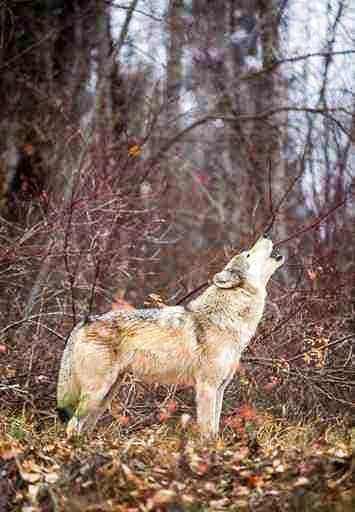Livestock and predators in Europe
Challenge to maintain population of herbivores in Europe
Europe has faced a challenging situation with overgrazing for several centuries. The result is a development of over-population of native herbivores such as roe and red deer, wild boars and (in mountain regions) chamois in some areas. The current challenge is to maintain them.
On the top of that, millions of sheep, goats, horses and cattle were widespread across Europe. Experience from the past but even today shows that this grazing is implemented many times without appropriate care and without taking into consideration the carrying capacity.
Livestock and predators
Native predators such as wolf, bear, jackal or lynx are considered by many people to be a big threat for livestock. Research however has revealed that most livestock kills are down to dogs. Nevertheless, the situation is different from place to place.
The fear of predators and intention to protect the grazing livestock were the main reasons why man rapidly decreased the population of all native European predators. There are some European countries where predators were completely eradicated. However, there are also countries where native populations of all typical European predators survived.
A consequence of this process is over-population of native and also domestic herbivores in the majority of European countries.
A main role of predators is to maintain a healthy population of native herbivores. Predators chiefly kill sick or injured animals. Livestock is often easy prey for them, particularly if inappropriately managed. Therefore, is extremely important to take sophisticated preventive measures to minimise damages. Thanks to them, there are currently many examples in Europe where predators and their prey coexist in a very fragile balance.

